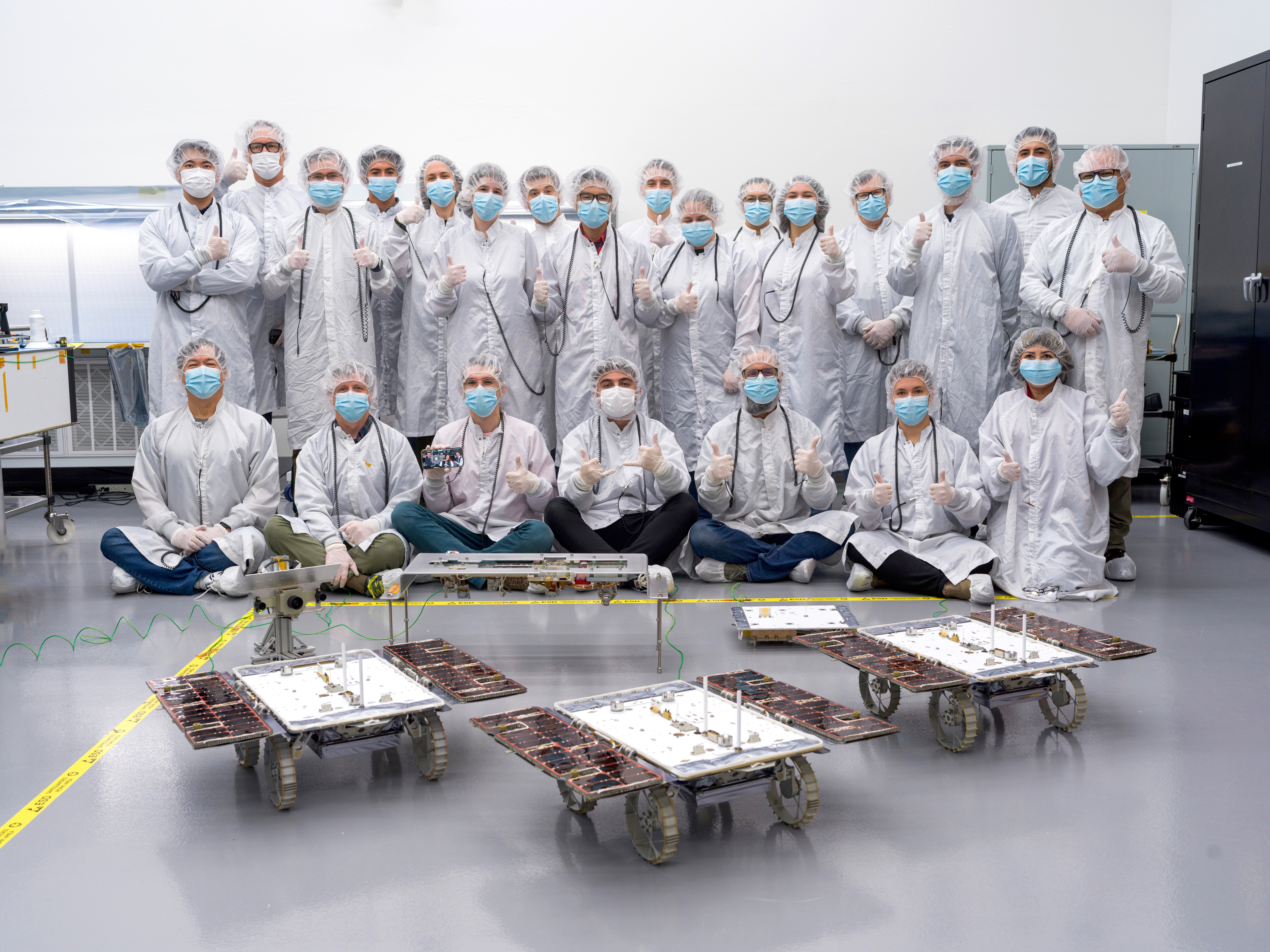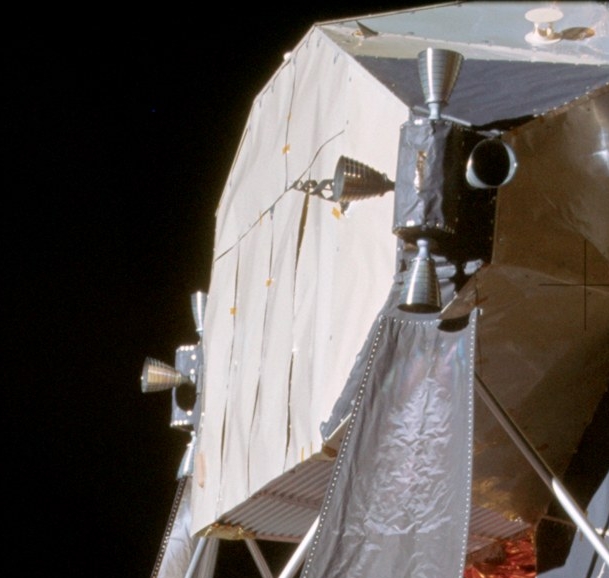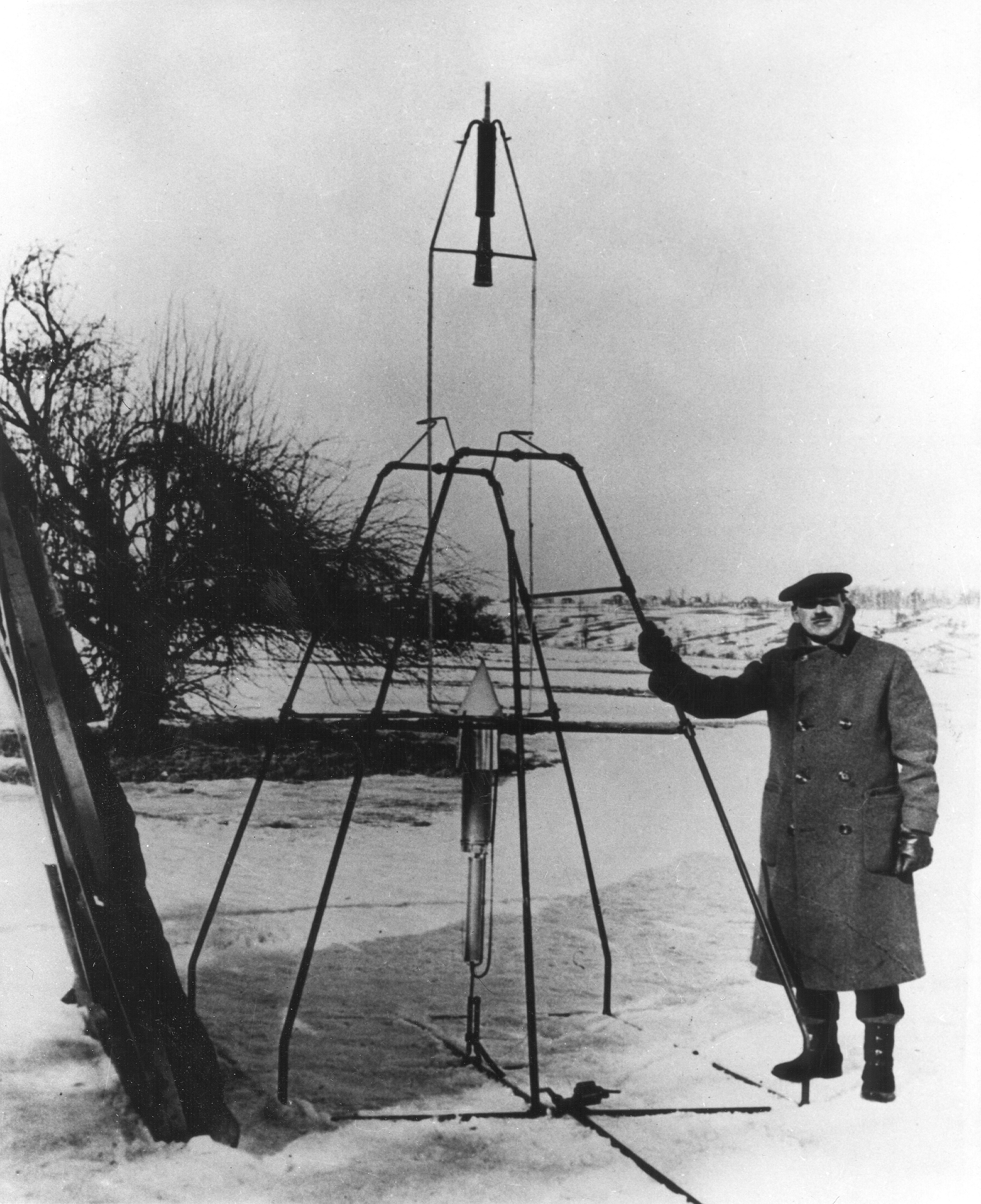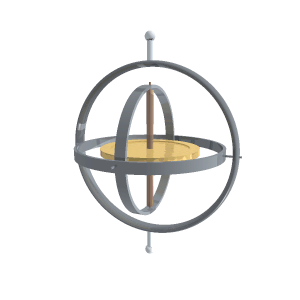|
Intuitive Machines Nova-C
The Intuitive Machines Nova-C, or simply Nova-C, is a class of lunar landers designed by Intuitive Machines (IM) to deliver small payloads to the surface of the Moon. Intuitive Machines was one of three service providers awarded task orders in 2019 for delivery of NASA science payloads to the Moon. The IM-1 lunar lander, named ''Odysseus'' (pronounced ), was launched by a SpaceX Falcon 9 rocket on 15 February 2024, reached lunar orbit on 21 February, and landed on the lunar surface on 22 February. This marked the inaugural Nova-C landing on the Moon and the first American spacecraft to perform a soft landing on the Moon in over 50 years. It is the first spacecraft to use methalox propulsion to navigate between the Earth and the Moon. The second Nova-C lander with the IM-2 ''Athena'' mission with Micro-Nova ''Gracie'' and other rovers and payloads was launched on 27 February 2025, and a third Nova-C lander on the IM-3 mission is scheduled for no earlier than October 202 ... [...More Info...] [...Related Items...] OR: [Wikipedia] [Google] [Baidu] |
Lunar Lander
A lunar lander or Moon lander is a Lander (spacecraft), spacecraft designed to Moon landing, land on the surface of the Moon. As of 2024, the Apollo Lunar Module is the only lunar lander to have ever been used in human spaceflight, completing six lunar landings from 1969 to 1972 during the United States, United States' Apollo program, Apollo Program. Several robotic landers have reached the surface, and some have returned Moon rock, samples to Earth. The design requirements for these landers depend on factors imposed by the payload, flight rate, propulsive requirements, and configuration constraints. Other important design factors include overall energy requirements, mission duration, the type of mission operations on the lunar surface, and life support system if crewed. The relatively high gravity (higher than all known asteroids, but lower than all Solar System planets) and lack of Atmosphere of the Moon, lunar atmosphere negates the use of aerobraking, so a lander must use pr ... [...More Info...] [...Related Items...] OR: [Wikipedia] [Google] [Baidu] |
Intuitive Machines
Intuitive Machines, Inc. is an American space exploration company headquartered in Houston, Texas. It was founded in 2013 by Stephen Altemus, Kam Ghaffarian, and Tim Crain, to provide commercial and government exploration of the Moon. Today the company offers lunar surface access for transportation and payload delivery, data transmission services, and infrastructure-as-a-service. Intuitive Machines holds three NASA contracts under the space agency's Commercial Lunar Payload Services (CLPS) initiative, to deliver payloads to the lunar surface. Intuitive Machines is one of three companies selected by NASA to advance Lunar Terrain Vehicle (LTV) capabilities. Intuitive Machines, LLC, went public in February 2023 after merging with Inflection Point Acquisition Corp., a special-purpose acquisition company. The company is incorporated in Delaware, and trades on the Nasdaq under the ticker symbol, LUNR. Intuitive Machines' Lunar Payload Delivery Services (LPDS) program seeks to open com ... [...More Info...] [...Related Items...] OR: [Wikipedia] [Google] [Baidu] |
Lunar Day
A lunar day is the time it takes for Earth's Moon to complete on its axis one synodic rotation, meaning with respect to the Sun. Informally, a lunar day and a lunar night is each approximately 14 Earth days. The formal lunar day is therefore the time of a full lunar day-night cycle. Due to tidal locking, this equals the time that the Moon takes to complete one synodic orbit around Earth, a synodic lunar month, returning to the same lunar phase. The synodic period is about 29.53 Earth days, which is about 2.2 days longer than its sidereal period. Main definition Relative to the fixed stars on the celestial sphere, the Moon takes 27 Earth days, 7 hours, 43 minutes, 12 seconds to complete one orbit; however, since the Earth–Moon system advances around the Sun at the same time, the Moon must travel farther to return to the same phase. On average, this synodic period lasts 29 days, 12 hours, 44 minutes, 3 seconds, the length of a lunar month on Earth. The exact length ... [...More Info...] [...Related Items...] OR: [Wikipedia] [Google] [Baidu] |
Launch Vehicle
A launch vehicle is typically a rocket-powered vehicle designed to carry a payload (a crewed spacecraft or satellites) from Earth's surface or lower atmosphere to outer space. The most common form is the ballistic missile-shaped multistage rocket, but the term is more general and also encompasses vehicles like the Space Shuttle. Most launch vehicles operate from a launch pad, supported by a missile launch control center, launch control center and systems such as vehicle assembly and fueling. Launch vehicles are engineered with advanced aerodynamics and technologies, which contribute to high operating costs. An orbital spaceflight, orbital launch vehicle must lift its payload at least to the boundary of space, approximately and accelerate it to a horizontal velocity of at least . Suborbital spaceflight, Suborbital vehicles launch their payloads to lower velocity or are launched at elevation angles greater than horizontal. Practical orbital launch vehicles use chemical prope ... [...More Info...] [...Related Items...] OR: [Wikipedia] [Google] [Baidu] |
Launch Pad
A launch pad is an above-ground facility from which a rocket-powered missile or space vehicle is vertically launched. The term ''launch pad'' can be used to describe just the central launch platform (mobile launcher platform), or the entire complex (launch complex). The entire complex will include a ''launch mount'' or ''launch platform'' to physically support the vehicle, a service structure with umbilicals, and the infrastructure required to provide liquid-propellant rocket, propellants, cryogenic fluids, electrical power, communications, telemetry, rocket assembly, payload processing, storage facilities for propellants and gases, equipment, access roads, and drainage. Most launch pads include fixed service structures to provide one or more access platforms to assemble, inspect, and maintain the vehicle and to allow access to the spacecraft, including the loading of crew. The pad may contain a Flame deflector, flame deflection structure to prevent the intense heat of the roc ... [...More Info...] [...Related Items...] OR: [Wikipedia] [Google] [Baidu] |
Cold Gas Thruster
A cold gas thruster (or a cold gas propulsion system) is a type of rocket engine which uses the expansion of a (typically inert) pressurized gas to generate thrust. As opposed to traditional rocket engines, a cold gas thruster does not house any combustion and therefore has lower thrust and efficiency compared to conventional monopropellant and bipropellant rocket engines. Cold gas thrusters have been referred to as the "simplest manifestation of a rocket engine" because their design consists only of a fuel tank, a regulating valve, a propelling nozzle, and the little required plumbing. They are the cheapest, simplest, and most reliable propulsion systems available for orbital maintenance, maneuvering and attitude control. Cold gas thrusters are predominantly used to provide stabilization for smaller space missions which require contaminant-free operation. Specifically, CubeSat propulsion system development has been predominantly focused on cold gas systems because CubeSats have st ... [...More Info...] [...Related Items...] OR: [Wikipedia] [Google] [Baidu] |
Reaction Control System
A reaction control system (RCS) is a spacecraft system that uses Thrusters (spacecraft), thrusters to provide Spacecraft attitude control, attitude control and translation (physics), translation. Alternatively, reaction wheels can be used for attitude control, rather than RCS. Use of diverted engine thrust to provide stable attitude control of a V/STOL, short-or-vertical takeoff and landing aircraft below conventional winged flight speeds, such as with the Hawker Siddeley Harrier#Controls and handling, Harrier "jump jet", may also be referred to as a reaction control system. Reaction control systems are capable of providing small amounts of thrust in any desired direction or combination of directions. An RCS is also capable of providing torque to allow control of rotation (aircraft principal axes, roll, pitch, and yaw). Reaction control systems often use combinations of large and small (vernier thruster, vernier) thrusters, to allow different levels of response. Uses Spacecr ... [...More Info...] [...Related Items...] OR: [Wikipedia] [Google] [Baidu] |
Pressure-fed Engine
The pressure-fed engine is a class of rocket engine designs. A separate gas supply, usually helium, pressurizes the propellant tanks to force fuel and oxidizer to the combustion chamber. To maintain adequate flow, the tank pressures must exceed the combustion chamber pressure. Pressure fed engines have simple plumbing and have no need for complex and occasionally unreliable turbopumps. A typical startup procedure begins with opening a valve, often a one-shot pyrotechnic device, to allow the pressurizing gas to flow through check valves into the propellant tanks. Then the propellant valves in the engine itself are opened. If the fuel and oxidizer are hypergolic, they burn on contact; non-hypergolic fuels require an igniter. Multiple burns can be conducted by merely opening and closing the propellant valves as needed. If the pressurization system also has activating valves, they can be operated electrically, or by gas pressure controlled by smaller electrically operated valves. Care ... [...More Info...] [...Related Items...] OR: [Wikipedia] [Google] [Baidu] |
Liquid Rocket Propellant
The highest specific impulse chemical rockets use liquid propellants (liquid-propellant rockets). They can consist of a single chemical (a monopropellant) or a mix of two chemicals, called bipropellants. Bipropellants can further be divided into two categories; hypergolic propellants, which ignite when the fuel and oxidizer make contact, and non-hypergolic propellants which require an ignition source. About 170 different propellants made of liquid fuel have been tested, excluding minor changes to a specific propellant such as propellant additives, corrosion inhibitors, or stabilizers. In the U.S. alone at least 25 different propellant combinations have been flown. Many factors go into choosing a propellant for a liquid-propellant rocket engine. The primary factors include ease of operation, cost, hazards/environment and performance. History Development in early 20th century Konstantin Tsiolkovsky proposed the use of liquid propellants in 1903, in his article ''Exploration of ... [...More Info...] [...Related Items...] OR: [Wikipedia] [Google] [Baidu] |
Gimbal
A gimbal is a pivoted support that permits rotation of an object about an axis. A set of three gimbals, one mounted on the other with orthogonal pivot axes, may be used to allow an object mounted on the innermost gimbal to remain independent of the rotation of its support (e.g. vertical in the first animation). For example, on a ship, the gyroscopes, shipboard compasses, stoves, and even drink holders typically use gimbals to keep them upright with respect to the horizon despite the ship's pitching and rolling. The gimbal suspension used for mounting compasses and the like is sometimes called a Cardan suspension after Italian mathematician and physicist Gerolamo Cardano (1501–1576) who described it in detail. However, Cardano did not invent the gimbal, nor did he claim to. The device has been known since antiquity, first described in the 3rd c. BC by Philo of Byzantium, although some modern authors support the view that it may not have a single identifiable inventor. His ... [...More Info...] [...Related Items...] OR: [Wikipedia] [Google] [Baidu] |
NASA Selects First Commercial Moon Landing Services For Artemis Program (47974872533) Nova C Crop
The National Aeronautics and Space Administration (NASA ) is an independent agencies of the United States government, independent agency of the federal government of the United States, US federal government responsible for the United States's civil list of government space agencies, space program, aeronautics research and outer space, space research. National Aeronautics and Space Act, Established in 1958, it succeeded the National Advisory Committee for Aeronautics (NACA) to give the American space development effort a distinct civilian orientation, emphasizing peaceful applications in space science. It has since led most of America's space exploration programs, including Project Mercury, Project Gemini, the 1968–1972 Apollo program missions, the Skylab space station, and the Space Shuttle. Currently, NASA supports the International Space Station (ISS) along with the Commercial Crew Program and oversees the development of the Orion (spacecraft), Orion spacecraft and the Sp ... [...More Info...] [...Related Items...] OR: [Wikipedia] [Google] [Baidu] |









